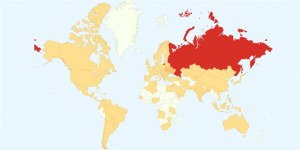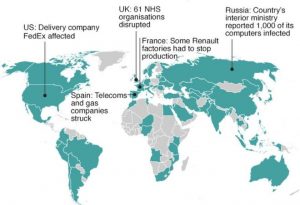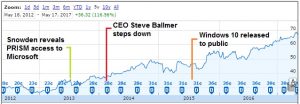The Curious Treatment of Michael Cohen’s Trump Organization Email
As close readers know, I’ve been fascinated by DOJ’s treatment of Michael Cohen’s Trump Organization email for some time. That’s true for several reasons.
First, one of the earliest warrants targeting Cohen revealed that Microsoft hosts (or hosted) Trump Organization emails. When the FBI first started putting together an investigation into Cohen for suspicious activity surrounding his Essential Consulting bank account, they first sent preservation orders to Microsoft, then obtained his emails directly from the tech company. Effectively, Cohen (and any other Trump Organization employees the FBI targeted after that, probably including Don Jr) got stung by a practice Microsoft had long been complaining about, that when the government came to it, rather than to Microsoft’s enterprise customers (like universities and businesses), Microsoft could not provide those customers notice, which might provide them an opportunity to challenge an order or protect privileged material.
That’s particularly interesting given the indications that the Trump Organization, which decided what documents to turn over to Congress in response to a subpoena served on Cohen, did not turn over emails that would have proven as false story that Cohen told about his interactions regarding the Trump Tower Moscow story.
Q Now, in your February 28th interview before this committee you mentioned that Alan Futerfas and Alan Garten, the two lawyers who were tied to The Trump Organization, were responsible for the document production that you produced to the committee in response to this committee’s May of 2017 subpoena. ls that accurate?
A That’s accurate.
[snip]
Q Do you have any information about why The Trump Organization would have withheld from this committee production of the January 141h, 2016, email from you to Peskov’s office?
A I do not.
Q Same question as to the January 16th, 2016, email from you to Peskov’s office regarding Sergei lvanov?
A I also do not.
Q Same question with regards to the January 20th,2016, email from Elena Poliyakova (ph)?
A I do not
THE CHAIRMAN: Mr. Cohen, what Mr. Mitchell is asking about is you’ve testified that the members of the joint defense agreement were aware that the written testimony that you were going to give to this committee was false. Documents that would have contradicted that timeline, namely, the three that Mr. Mitchell just referenced, were not produced to this committee. ls there any insight you can shed as to who might have been involved in withholding documentary evidence that would have contradicted your written false testimony?
MR. COHEN: Again, it would be other members of the joint defense team, but specifically at The Trump Organization level.
Cohen told HPSCI that he was reminded of these emails when Mueller showed them to him. In other words, Mueller obtained them, but (if HPSCI is correct on this point) Congress did not, even though the emails were solidly within the scope of a subpoena served on Cohen. That Mueller obtained the emails from Microsoft is one likely explanation for how he got them but HPSCI did not (though he had also subpoenaed Trump Organization in March 2018 before Cohen started cooperating in September of that year and a year before Cohen’s third appearance before HPSCI).
That’s why I’m interested in this footnote in the warrant to search Cohen’s properties in April 2018.
According to an article in the Washington Post, which quoted emails sent from Cohen’s email account hosted by the Trump Organization, on October 17, 2016, Davidson emailed Cohen and threatened to cancel the aforementioned “settlement agreement” by the end of the day if Cohen did not complete the transaction.29 According to the article, Davidson sent Cohen a second email later in the day that stated in part, “Please be advised that my client deems her settlement agreement canceled and void.”
29 Due to the partially covert nature of the investigation to this date, the USAO has not requested documents from the Trump Organization or Davidson, and thus does not possess the email referenced in this article.
There’s no reason to believe the “USAO” (meaning SDNY’s US Attorney’s office) had the email. But the government — Mueller’s team — probably did, from the search warrant served on Microsoft on August 1, 2017. But the public record doesn’t show that Mueller handed it over to SDNY when they handed off the bank investigations February 2018, or even after that time.
On February 28, 2018, SDNY obtained a warrant for the Gmail and 1&1 content Mueller had obtained in 2017 and handed over to SDNY on a USB drive to SDNY on February 8, 2018. But — in spite of the fact that the original Mueller Gmail warrant and the Trump Org warrant discussed (¶¶13-19) Cohen’s payment to Stormy Daniels — the February 28 warrant covered just Cohen’s financial fraud. It wasn’t until April 7, 2018 that SDNY obtained a warrant to search the Gmail content, the 1&1 content, and the iCloud content (which Mueller provided them on March 7, 2018) in the campaign finance investigation.
But as the footnote noted, they never obtained a warrant to search the Trump Org emails, even though that content was presumably also in Mueller’s possession.
There may be a very logical explanation for why they didn’t: on October 27, 2017, DOJ agreed to limit its use of secrecy orders. It’s quite possible that the government believed any new warrant for content originally provided by Microsoft would have to adhere to the new policy, even if it had been obtained before the new policy went into effect (we see similar policy granularity in SDNY’s need to get a warrant for Google content held overseas, whereas Mueller — who operated in a different Circuit without that precedent — did not have to submit a separate warrant).
That said, given the discussions of why things got referred when they did (and the different treatment of Cohen’s non-Russian crime from Manafort and Flynn’s non-Russian crimes), I am rather interested that SDNY treated Trump Org emails differently than Mueller did (and, perhaps, that Mueller submitted a warrant to Trump Org for content he already had).
As I said, the most likely explanation is that the change in DOJ policy led to a change in treatment of Trump Org’s Microsoft hosted email, meaning SDNY could not ask for the emails even from Microsoft without alerting Trump to the investigation. But it’s possible that the differential treatment arises from greater deference provided to Trump related content as investigations into him proceeded.
As I disclosed last July, I provided information to the FBI on issues related to the Mueller investigation, so I’m going to include disclosure statements on Mueller investigation posts from here on out. I will include the disclosure whether or not the stuff I shared with the FBI pertains to the subject of the post.

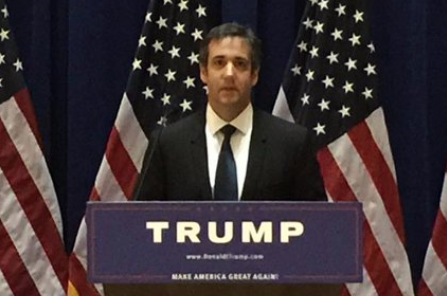
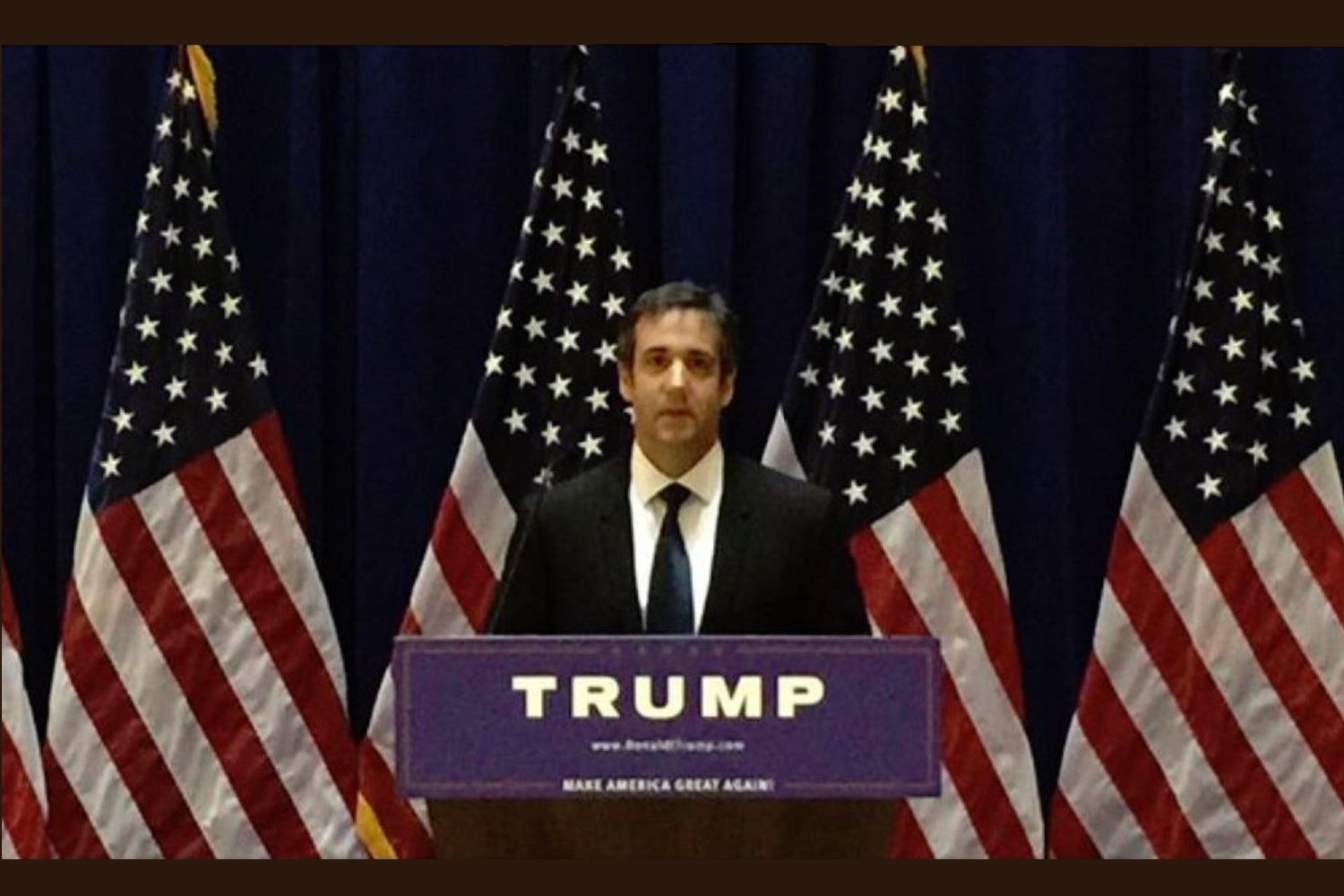
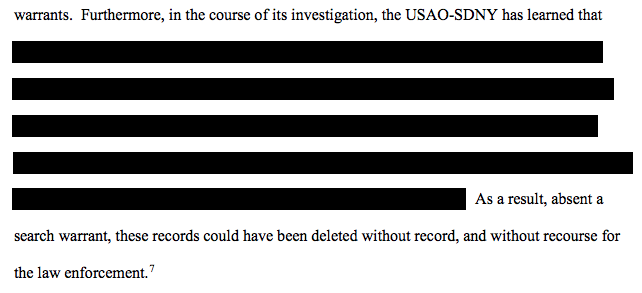


![[Photo: National Security Agency, Ft. Meade, MD via Wikimedia]](https://www.emptywheel.net/wp-content/uploads/2017/08/NationalSecurityAgency_HQ-FortMeadeMD_Wikimedia.jpg)

